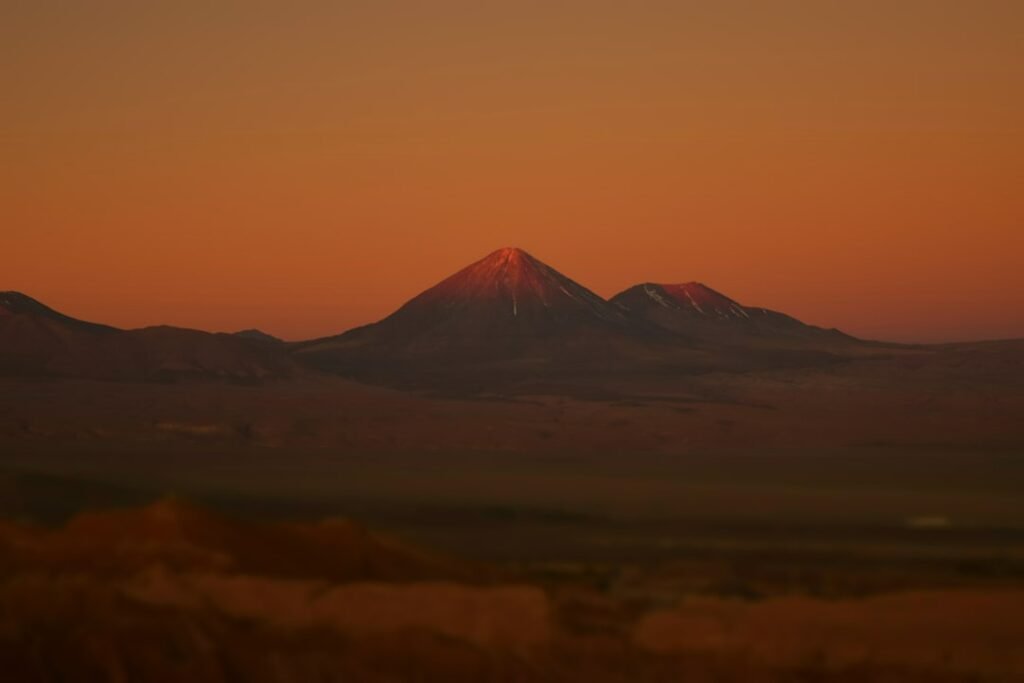Imagine a world where ancient stories, passed from one generation to the next by word of mouth, could unlock secrets of the earth that even modern science is just beginning to grasp. This is the extraordinary reality of the Maori people of New Zealand. Their oral traditions don’t just entertain or teach—they echo astonishingly accurate geological events. The idea that centuries-old tales could parallel scientific findings has captured the imagination of researchers and storytellers alike. As we peel back the layers of these mesmerizing legends and match them to the solid ground of geology, one thing becomes clear: the past is alive, and it speaks more truthfully than we ever dared to believe.
The Power of Oral Tradition in Maori Culture
For the Maori, oral histories are far more than simple stories—they are living links to ancestors and the land itself. These tales were meticulously memorized and passed down, woven into ceremonies, songs, and daily conversation. Unlike written records that may fade or be lost, oral traditions are adaptive and resilient, preserved in the collective memory of communities. This commitment to storytelling has allowed the Maori to retain details about their environment over centuries. The reverence for oral history demonstrates a sophisticated method of knowledge preservation that rivals any written archive. It’s a reminder that wisdom isn’t only stored in books—it thrives in the hearts and voices of people.
Legends of Fire: The Taupo Eruption
Perhaps one of the most remarkable alignments between Maori oral histories and geology surrounds the eruption of Lake Taupo. Maori stories speak of a time when “the sky turned red,” ash fell like rain, and the land shook with unimaginable force. Geologists have found that the Taupo eruption around 232 CE was one of the largest volcanic events in the last 5,000 years. The descriptions from Maori legend—fiery skies, devastation, and changes in the landscape—mirror what scientists have deduced from ash layers and pumice deposits across New Zealand. These vivid accounts not only preserve the memory of a cataclysmic event but also offer clues to its timing and impact.
Surviving the Deluge: The Great Flood Narratives
Another compelling example arises from Maori stories of great floods that reshaped the land and forced migrations. In these oral traditions, rivers overflow, valleys are submerged, and entire communities are uprooted. Scientists studying sediment layers and ancient riverbeds have identified evidence of massive flooding events in New Zealand’s past, some likely triggered by earthquakes or intense rainfall. The parallels are striking: the Maori speak of ancestral journeys to higher ground, while geology confirms rapid landscape changes and water-borne sediment deposits. These stories, told around fires for generations, now serve as a bridge to understanding New Zealand’s dynamic environment.
The Arrival of the First Polynesians and Changing Shores
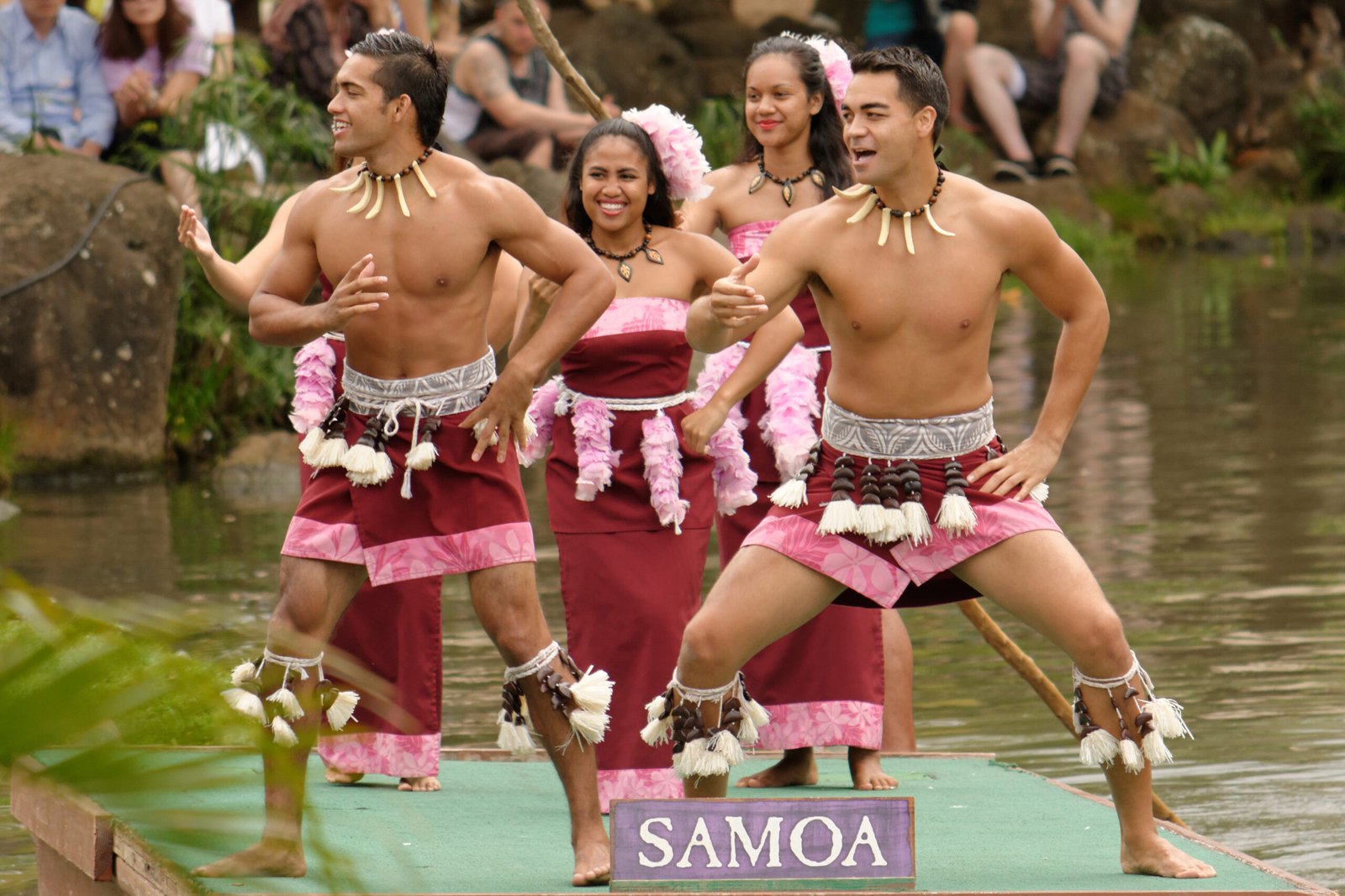
Maori oral histories are rich with accounts of their ancestors’ first arrivals by waka (canoe), describing unfamiliar coastlines and treacherous sea journeys. These narratives often mention shifting sandbars, rising waters, and lands that seemed to change shape. Geologists have confirmed that sea levels and coastal configurations did indeed fluctuate dramatically in the centuries following the last Ice Age. The alignment between these oral accounts and geological evidence is almost uncanny. For the Maori, these changes were more than environmental—they shaped settlement patterns, influenced resource gathering, and became foundational to their identity.
Earthquakes and the Restless Land
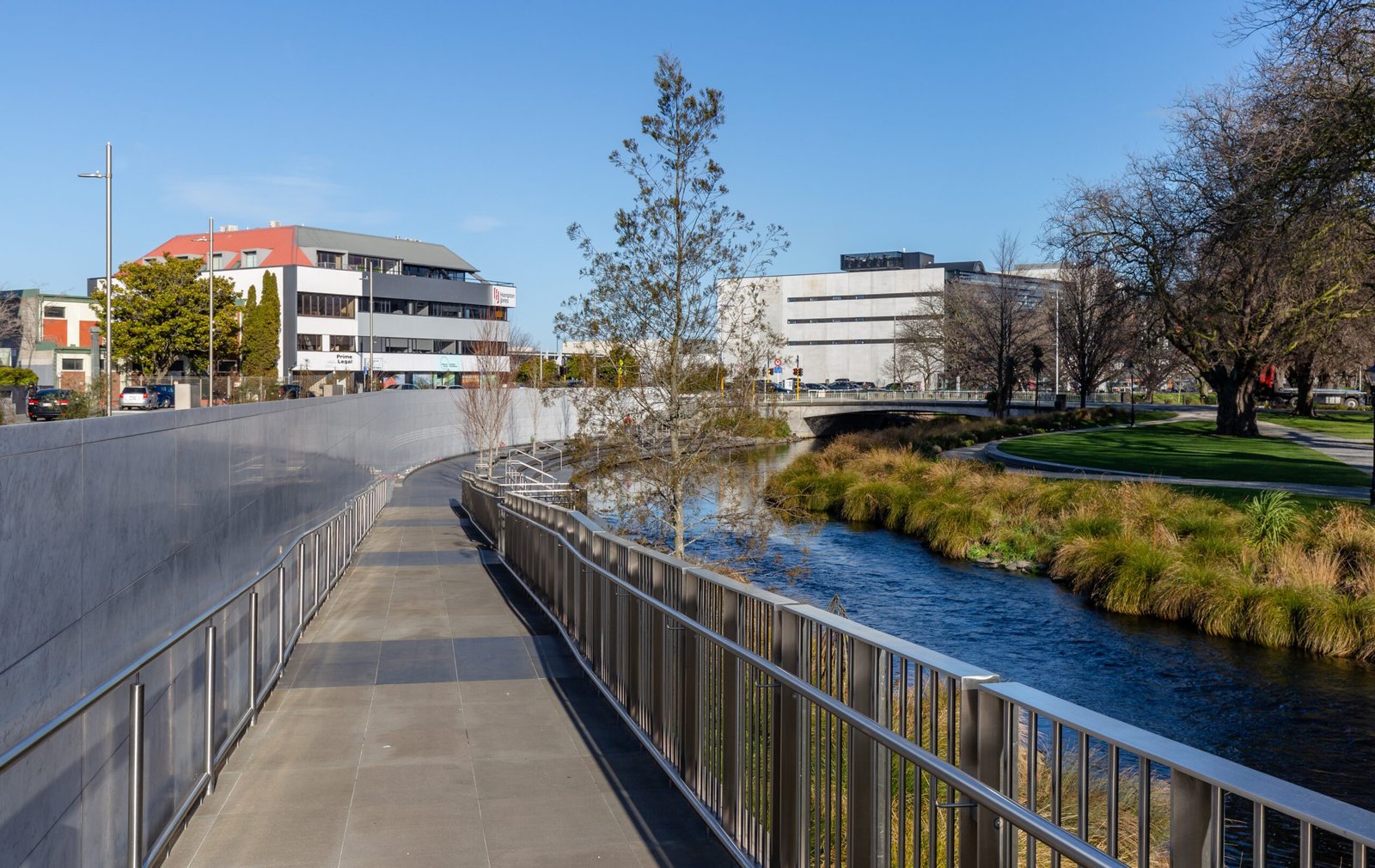
New Zealand sits on the edge of two tectonic plates, making earthquakes a fact of life. Maori legends are filled with stories of Ruaumoko, the god of earthquakes and volcanoes, whose rumblings are felt beneath the earth. These tales don’t just explain the cause of earthquakes, they describe their effects with surprising detail—splitting hills, redirected rivers, and sudden land shifts. Geological records confirm that significant earthquakes have occurred throughout New Zealand’s history, reshaping the landscape just as the stories describe. These oral histories act as a living record, capturing the recurring drama of a land forever in motion.
Landslides and the Tale of the Sliding Mountain
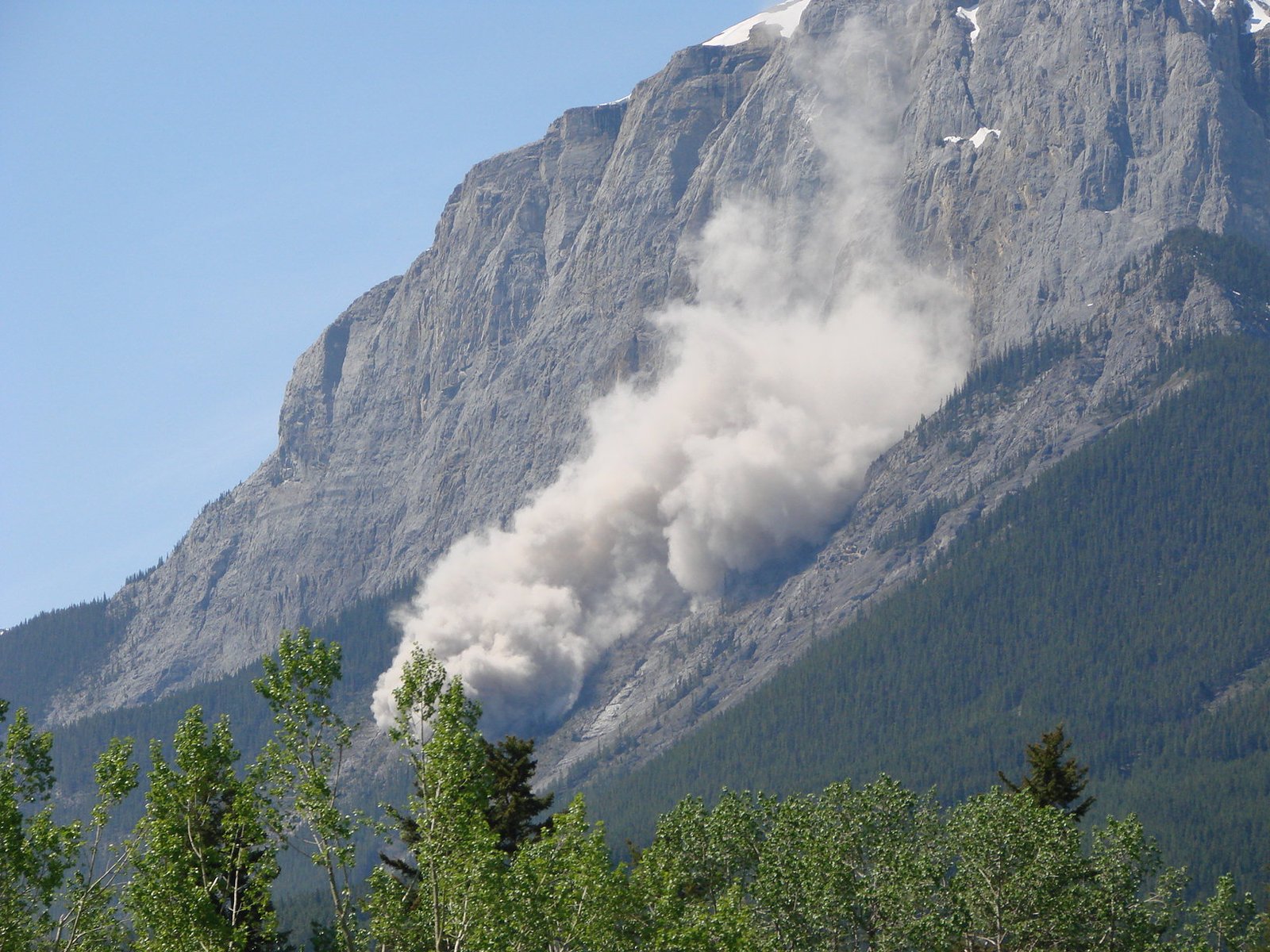
One particularly vivid Maori legend tells of a great mountain that slid down into a valley, blocking a river and creating a vast lake. Scientists have since discovered evidence of enormous landslides in places like the Waikaremoana region, where ancient slips blocked waterways and formed new lakes. The geological evidence matches the oral descriptions almost detail for detail, from the suddenness of the event to its lasting impact on the landscape. Such stories highlight the Maori’s deep environmental awareness and their ability to document significant geological changes through narrative.
The Disappearance of Giant Birds: Moa Extinction

Maori oral traditions frequently reference the moa, a giant, flightless bird that once roamed New Zealand. Stories speak of hunting parties, the birds’ formidable size, and their eventual disappearance. Modern paleontology has confirmed that moa existed up until a few hundred years ago, with their extinction closely following human settlement. The oral accounts of moa hunting and their dwindling numbers give scientists valuable insights into the timeline and causes of extinction, aligning closely with archaeological evidence. These legends capture not only the existence of these majestic creatures but also a cautionary tale about environmental change and resource use.
Rising Seas and Sunken Land
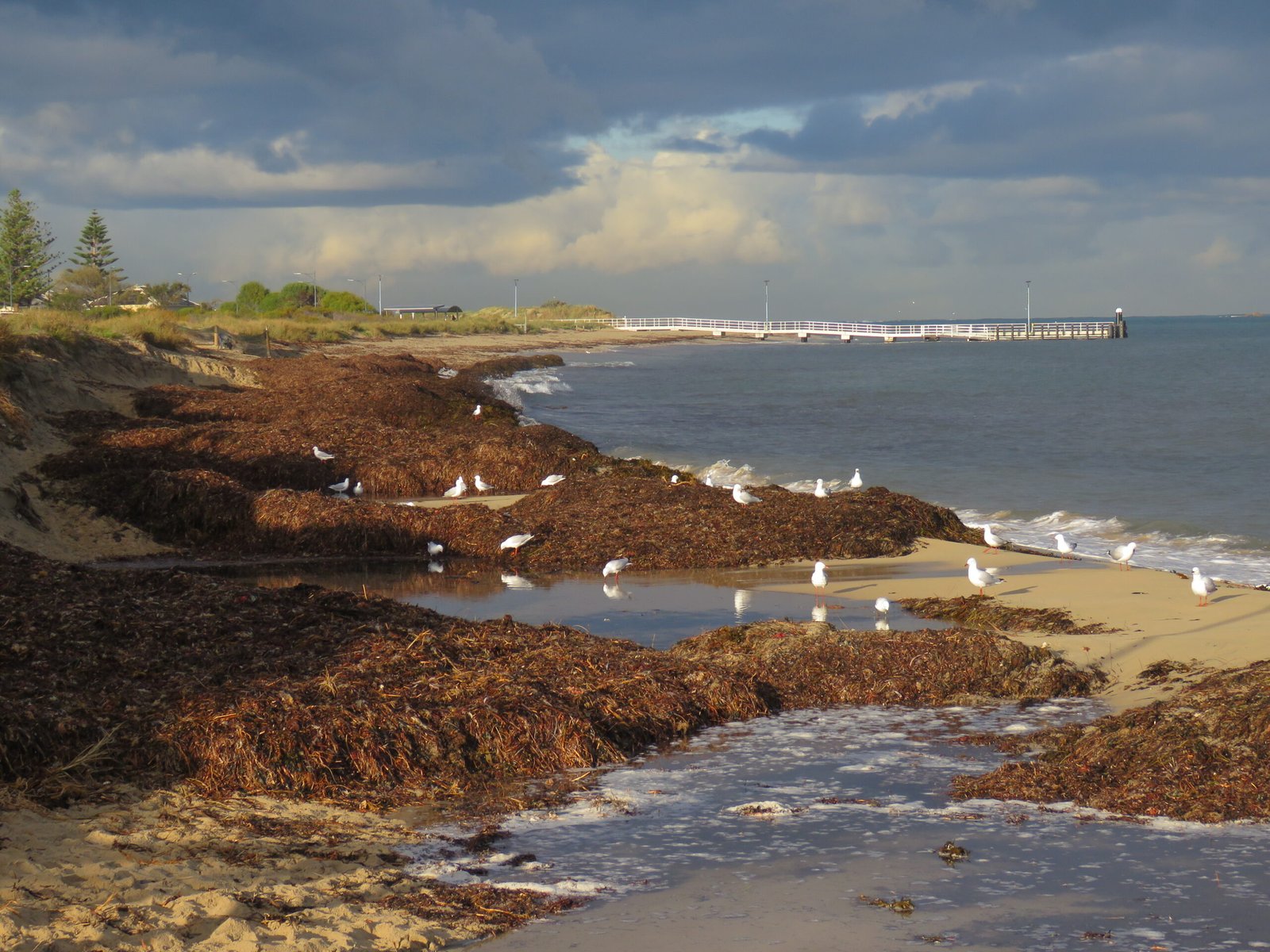
Tales of lands swallowed by the sea are common in Maori storytelling. Some legends recount entire villages vanishing beneath rising waters, while others speak of treasured places lost to the ocean’s relentless advance. Geologists have mapped how coastal erosion and sea-level rise have permanently altered New Zealand’s shoreline over millennia. Sediment cores, submerged forests, and underwater archaeological sites all support the narratives passed down by the Maori. These stories are more than myth—they are a living record of environmental transformation and resilience.
Volcanic Landscapes and the Sacred Peaks
Maori oral histories are filled with reverence for volcanic peaks like Taranaki, Tongariro, and Ruapehu. Stories describe fierce battles between mountains, eruptions, and the creation of new landforms. Modern science has confirmed that these volcanoes are among the youngest and most active in New Zealand, with eruptions shaping the landscape within human memory. The legends capture not just the awe-inspiring power of these natural features, but also the cycles of destruction and renewal that define the region’s geology. Through these stories, the Maori maintain a spiritual connection to the land and its volatile origins.
The Importance of Place Names and Memory
Every Maori place name carries meaning, often referencing a particular event, geological feature, or ancestral story. Names like Te Rerenga Wairua (“the leaping place of spirits”) or Whakaari (“to make visible”—White Island) capture both physical characteristics and mythological significance. These names serve as mnemonic anchors, helping communities remember the stories tied to each location. For geologists and historians, place names offer valuable clues about past events—earthquakes, eruptions, migrations—that might otherwise be lost to time. The landscape itself becomes a living map, etched with memory.
When Science Listens to Story

In recent years, scientists have begun to recognize the value of Indigenous knowledge systems like those of the Maori. By listening to oral histories, researchers have gained new insights into the timing and impact of geological events. This partnership between science and story is leading to discoveries that neither field could achieve alone. It’s a powerful reminder that ancient wisdom and modern research can work hand in hand, deepening our understanding of the world and honoring the voices of those who came before.
Conclusion: Echoes of the Past in the Land Today
The striking convergence of Maori oral histories and geological evidence is more than coincidence—it’s a testament to the power of memory, observation, and storytelling. These narratives keep alive the memory of eruptions, floods, earthquakes, and environmental change, offering lessons that are just as relevant today as they were centuries ago. They invite us to listen more closely to the stories embedded in the land and to value the knowledge carried by those who have called it home for generations. How many more secrets might the earth reveal if only we are willing to listen?



